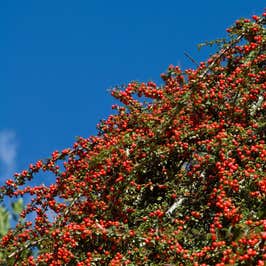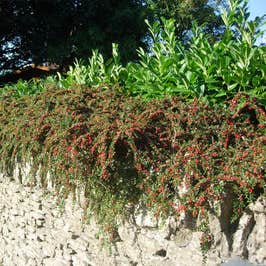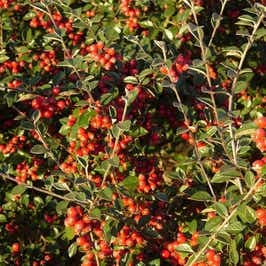Delivery Time - Please note that delivery times are currently 2-7 days. *Some troughs, trees and premium products may take up to 14 days delivery.
Free Delivery - The majority of orders over the minimum order values shown below are delivered FREE to UK Mainland. Please note, we are unable to deliver to N.I. and the Republic of Ireland. (Exceptions apply - see Delivery Areas)
all costs & min.order | min. order | bare | root | pot grown | cell | instant | trees | planting essentials |
|---|---|---|---|---|---|---|---|---|
standard box delivery | £60 | bare roots up to 1.2m | - | pot size up to and including 7.5L | all | - | ornamental & fruit trees | all tools, irrigation, canes & mulch matting |
tall box delivery | £60 | bare roots 1.2m+ |
|
|
|
|
|
|
pallet delivery | £350 | - | all | pot size 10L & above, root ball & topiary | - | all |
| topsoil |
pleached trees delivery | £1500 |
|
|
|
|
| All pleached trees |
|
For more information on deliveries please read more here or ring us on 01257 261 243





